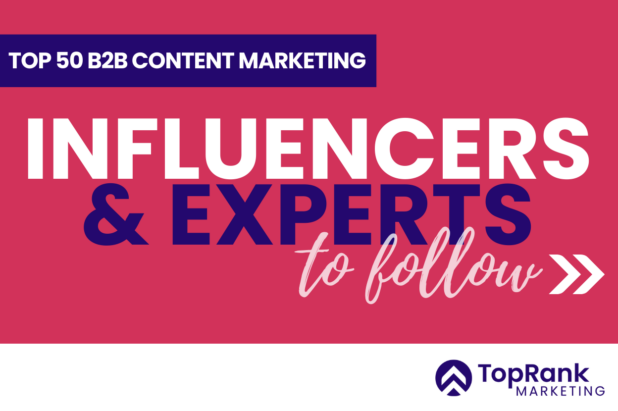 The mantra for digital marketers interested in conversion optimization is ABT “always be testing.” That mantra fits well with the perspectives TopRank has been advocating for years: optimization is a continuous process.
The mantra for digital marketers interested in conversion optimization is ABT “always be testing.” That mantra fits well with the perspectives TopRank has been advocating for years: optimization is a continuous process.
Although consumer needs remain fairly simple when it comes to achieving an outcome after they arrive at your website, the opportunities to test different elements to improve conversion performance has grown in both sophistication and complexity. From eye tracking studies to monthly A/B tests, converting more visitors into buyers is both an art and a science.
The Internet is not a static environment; change is constant and consumers’ expectations have evolved along with web technology. The challenge for marketers is to make sense of the customer journey and provide the right information at the right time to inspire a desired outcome.
The first step in meeting those expectations is to earn your visitors’ trust. But there are many other steps to follow before those B2B buyers become a qualified lead. Here’s a summary of what steps you can take to understand your prospect’s motivations and how to optimize your ability to be the right answer when it matters most.
Making Your Visitor Feel Welcome
One of the easiest ways to earn the trust of your visitor is to provide an inviting, compelling website. Pretend that your website’s Home page is the front door of your own home. Is your front door brightly painted or chipped and faded? Is the entrance way warm and inviting or cluttered with overgrown shrubs and strewn with cracked flower pots? Are there clear pathways to the dining room and kitchen or does your guest have to muddle their way through to find the back door?
To treat your website visitor as a welcomed guest, position links and calls to action throughout web page copy to help prospects navigate the site with ease and solve their desired problem. The intended outcome? A conversion.
Understanding the Needs, Motivations and Desires of Your Customer
Jeffrey and Bryan Eisenberg popularized the concept of “resolving doors” almost 10 years ago, whereby you help the visitor to take the action you desire. Marketers who understand the wants, needs and motivations of their target audience know this and embrace it. How? By giving customers what they want!
You can’t provide value to potential customers until you get into their head. Doing this is not so easy; consumers are more sophisticated and discerning than they were a decade ago. This is where creating buyer personas becomes invaluable. A “persona” is an archetype of your best customers or a certain group of prospects that you want to attract. While this may be a simple definition, creating a composite picture of your ideal customer (or customers) is not easy to achieve.
Crafting successful buyer personas requires that you actually talk to people who might be likely to buy the products or services you offer. By doing this research, you can learn the different ways prospects process information which will inspire your content plans and copywriting.
Creating Content for B2B Personas
Once we recognize that people process information differently and address their underlying motivation, you can create content objects that fit individual buyer persona needs. Writing for different B2B audiences will simply be a matter of identifying a “typical” scenario and developing persuasion momentum by answering the questions that the “persona” needs answered in order to move forward.
Here are four examples in which B2B buyers “typically” interpret information found on a website:
Persona I: The Methodical B2B Customer – Methodical types need to be prepared and organized to act. How can your solution solve this problem? Provide hard evidence and superior service. Do you have a white paper to download?
Persona II: The Spontaneous B2B Customer – Spontaneous types live in the moment. Why is your solution best to solve the problem now? Address immediate needs with relevant and credible options. How about offering a “Quick Start Guide?”
Persona III: The Humanistic B2B Customer – Humanistic types are usually slow to reach a decision and generally prefer the big picture. Who has used your solution to solve my problem? Offer testimonials and incentives. Does your website display testimonials of credible companies? Is a free trial offer or money-back guarantee appropriate?
Persona IV: The Competitive B2B Customer – Competitive types are goal-oriented and looking for ways to complete tasks. What can your solution do for me? Provide rational options and challenges. Can you provide a short video that explains your product or service? Do you offer an FAQ page that addresses their pain point?
At the very least, your content planning and copywriting should consider the buying patterns of right-brain (visual) and left-brain (analytical) decision makers.
Above all, do your own testing to find what works best for you and your prospects. When you’re not afraid to fail, you’ll meet your conversion goals much faster. Once you’ve met your conversion goals, then you can start optimizing for revenue, but that’s a subject for another day!
How have you used customer insight to create a better customer experience for B2B buyers? Are you leveraging buyer personas in your content planning?
Image credit: Shutterstock


